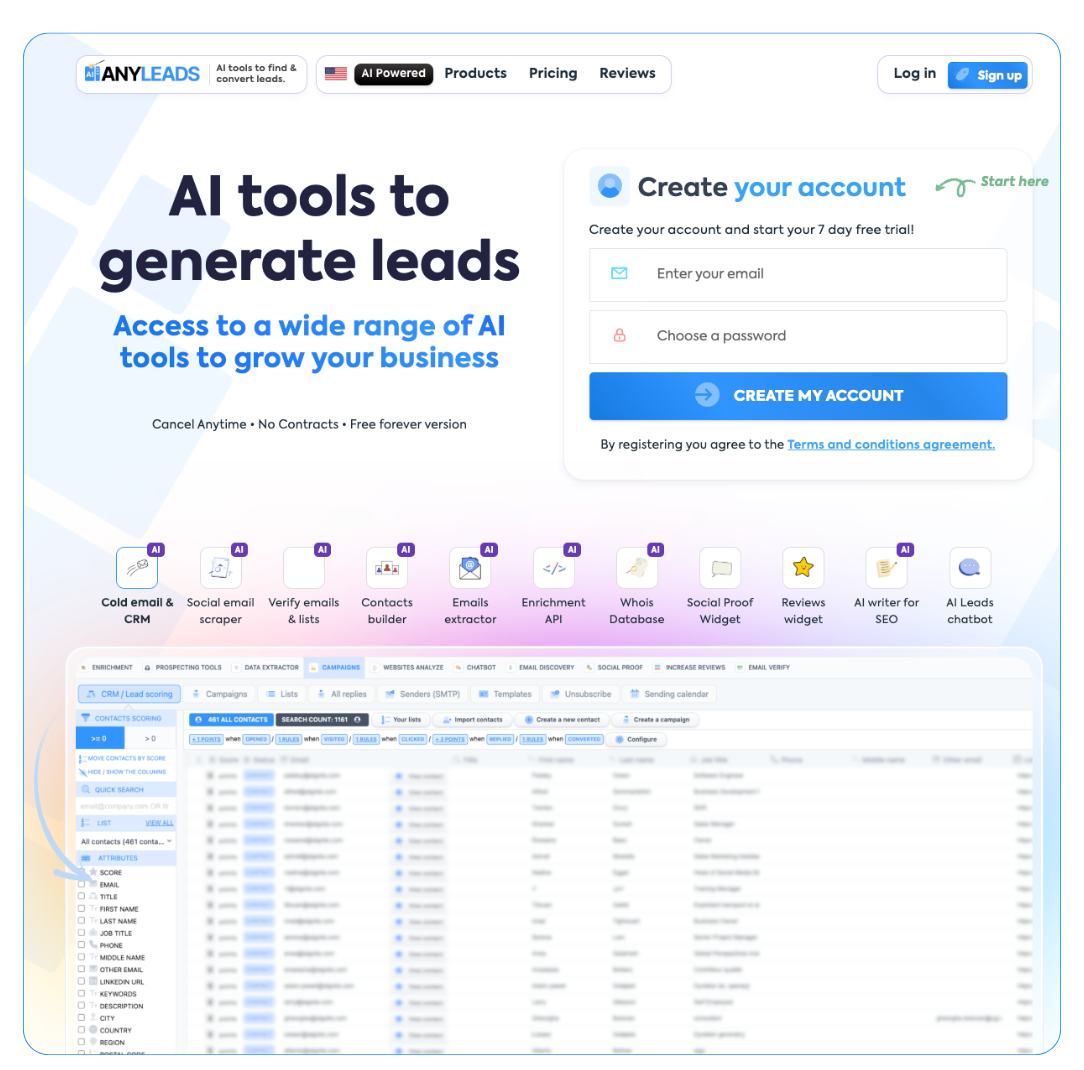 LIMITED SPOTS
All plans are 30% OFF for the first month! with the code WELCOME303
LIMITED SPOTS
All plans are 30% OFF for the first month! with the code WELCOME303

 LIMITED SPOTS
All plans are 30% OFF for the first month! with the code WELCOME303
LIMITED SPOTS
All plans are 30% OFF for the first month! with the code WELCOME303


Not long ago, staying safe online was relatively simple. Installing antivirus software and avoiding suspicious links felt like enough. But digital safety has changed and become much more complex.
Today, we live in a world powered by algorithms. Platforms don’t just react to what we do; they learn from it. Every scroll, click, or pause teaches them how to keep us engaged. This creates deeply personalized experiences that are hard to step away from.
At first, it seems helpful. But over time, it can affect our privacy, mental health, and even decision-making.
That is why digital safety is no longer just about avoiding threats. It’s about recognizing how technology is shaping our thoughts, behaviors, and autonomy.
We now live in an attention economy where content is engineered to keep users engaged. From infinite scroll on social media to autoplay on streaming platforms, these design choices are not accidental. They're fueled by machine learning systems optimized for retention.
This model of engagement is having a measurable impact. A survey reported by Fox TV found that the average American now spends around six hours a day consuming some form of media. Gen Z spends significantly more, often over 15 hours daily. On average, respondents felt they "lose" three full days each month just to mindless scrolling.
According to another report by K-12 Dive, even children under 8 now use mobile devices regularly. On average, they spend about 2 hours and 27 minutes each day on screens. This is driven in part by apps that adapt and evolve based on user behavior.
These stats reflect a broader trend: consumers of all ages are engaging with technology on increasingly passive, algorithm-dominated terms.
Algorithms may deliver personalized playlists or shopping suggestions, but they can also steer users into riskier territory. Echo chambers where misinformation and extreme views are constantly reinforced can distort perception and fuel polarization. Viral trends often blur the line between entertainment and manipulation, using emotion to drive engagement rather than insight.
Features like endless scroll and like counters are designed to trigger dopamine responses, making it harder to disengage. This compulsive design can impact mental health, but the effects go beyond that.
What’s more concerning is how these algorithm-driven experiences gradually erode critical thinking. When content is passively consumed and rarely questioned, users lose the habit of evaluating information, challenging assumptions, or seeking diverse viewpoints.
Over time, this can influence not just opinions but behaviors. It shapes how people shop, vote, and make everyday decisions, often without realizing how subtly they’ve been guided.


Classic digital safety tools, such as firewalls, password managers, or parental control apps, still serve a purpose. However, they fall short in an era where threats aren't just external (hackers, malware) but also internalized through user behavior and emotional manipulation.
Take, for instance:
An app may block explicit websites, but it can’t stop an algorithm from repeatedly surfacing anxiety-inducing or polarizing content
Privacy settings might restrict data sharing, but users often opt in to terms they don’t fully understand
Productivity apps may track time usage, but they can’t diagnose burnout caused by constant digital overstimulation
There’s also the growing concern about “dark patterns.” These are UX designs intentionally crafted to trick users into making choices they might not otherwise make. Examples include default opt-ins, hard-to-cancel subscriptions, or delayed notifications that exploit fear of missing out (FOMO).
The conversation around digital safety is increasingly shifting from user responsibility to platform accountability. Businesses, developers, and policymakers are being urged to prioritize safety in design, not as an afterthought but as a baseline feature.
This means:
Designing algorithms that prioritize user well-being over engagement
Implementing ethical data collection and usage policies
Offering distraction-free or ad-free modes for focused usage
Conducting mental health impact assessments for new product features
A relevant example of the consequences of ignoring these responsibilities is the TikTok mental health lawsuit. Families and state attorneys argue that the platform’s algorithm amplified harmful content, contributing to anxiety, depression, and even self-harm among users. According to the BBC, more than a dozen U.S. states have now sued TikTok over these very issues.
If you suspect that you or a loved one has been impacted by these issues, the first step is to understand your legal rights. According to TruLaw, legal consultation with experienced professionals is the first step. It helps determine whether you're eligible to file a lawsuit and hold platforms accountable.
While systemic change is underway, users still need to be proactive. Here’s how individuals and businesses alike can protect themselves in today’s digital ecosystem:
Be mindful of how long you spend on platforms that use predictive feeds. Periodically clear your watch or search history to prevent algorithmic echo chambers.
Take the time to read (or skim effectively) the terms and conditions. Know what data you're giving away and for what value in return.
Support products and services that respect user autonomy. Look for those with strong data protection policies and transparent business models.
Notice if digital habits are affecting your mood, productivity, or attention span. If an app makes you feel worse after using it, it may be time to step back.
Most devices now come with screen time reports, focus modes, and app usage trackers. Use them to stay aware of your patterns and make informed choices.


The attention economy is a business model where platforms compete for your focus. They optimize content to keep you engaged for as long as possible. Every click, pause, and scroll becomes valuable data. This can lead to compulsive usage. Over time, it subtly influences your behavior and choices.
Look for platforms with clear privacy policies, transparent data usage, and easy opt-out options. Ethical platforms avoid manipulative design- no hidden settings, confusing choices, or endless engagement loops. They prioritize user autonomy instead of using fear-based prompts to keep you scrolling or clicking longer than intended.
They’re a helpful starting point. Focus modes can block distractions and raise awareness about usage. However, long-term impact comes from understanding why you're using a platform, and whether it aligns with your goals or values.
Overall, digital safety isn’t just a technical issue; it’s an emotional, behavioral, and ethical one. As technology becomes more integrated into daily life, businesses and consumers must demand better standards, smarter design, and transparency over manipulation.
The TikTok lawsuit is only one example of a much larger pattern. Platforms can be held accountable when they fail to protect user well-being. But real progress happens when safety is embedded into the very code of our digital tools.
We don’t need to fear the algorithm. However, we do need to understand it, question it, and build systems that serve people, not just profits.